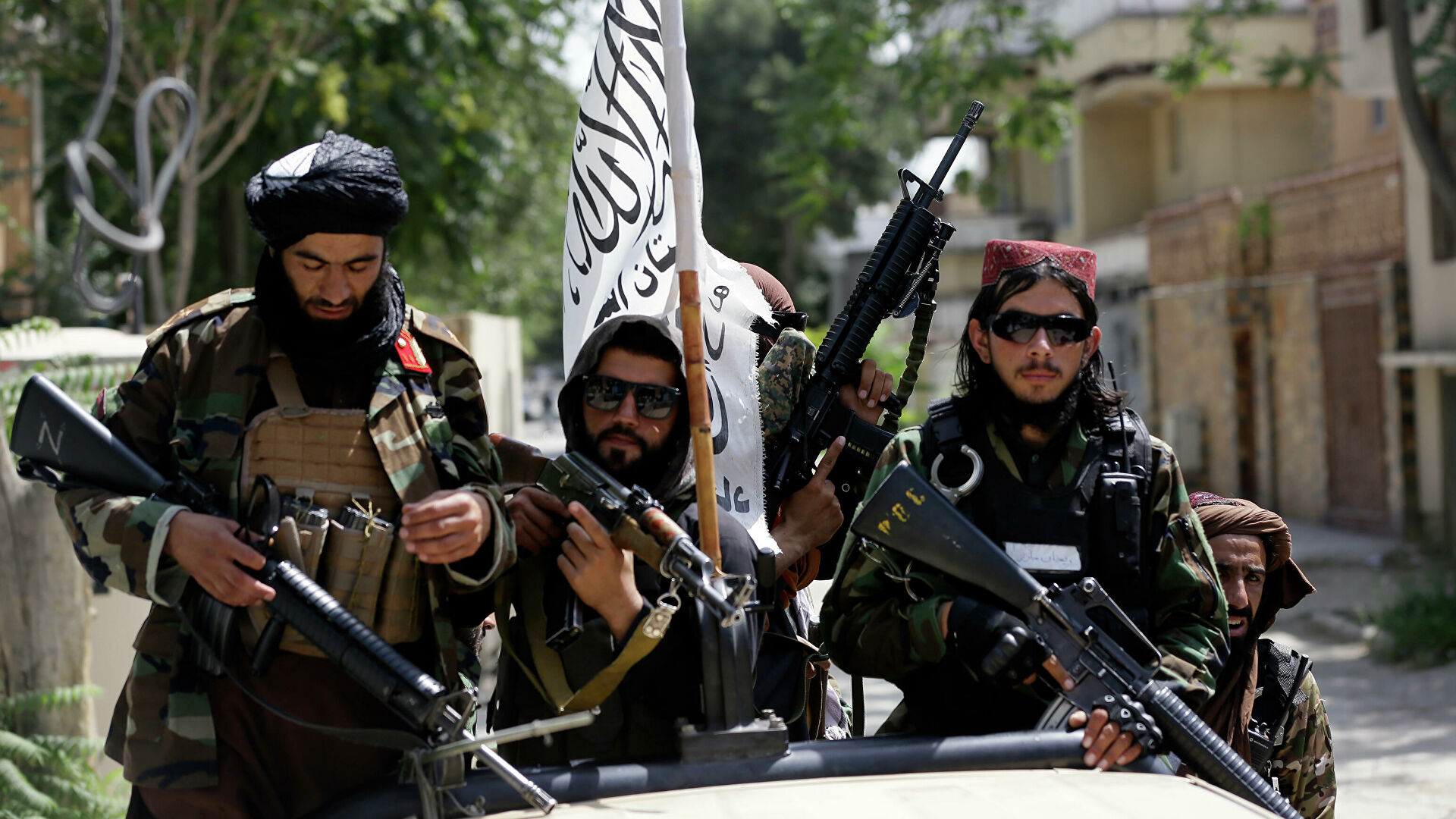Objectives and Benefits of Village Institutes
The Village Institutes project is one of the greatest pioneers of enlightenment both in the social and educational fields in the republican period. It was opened to educate the children of the villagers, which cover 80% of the population of Turkey, in production, to raise them from servitude to citizenship consciousness, from ummah to national consciousness, to revitalize and develop the village in the economic and social field, to include the villagers in the administration, and to enlighten Anatolia (Tonguç, 2011: 1). Thanks to this project, which appeals to the majority of the society, a new door to modernization has been opened and steps have been taken for enlightenment and development. For this and many other reasons, Village Institutes occupy an important place in the research of Turkey’s political and social history. The Village Institutes, which chose their students from village schools and were established to teach professions that would contribute to the social and economic development of the village, apart from teaching, was opened 21 until they were closed, and they had a great benefit in both the social and economic development of the society.
The draft that constitutes the general model of Village Institutes, which includes the transformation and restructuring of village schools, is an idea put forward by the Minister of National Education, Saffet Arıkan, who served between 1935-1938. However, the implementation of this idea coincides with the ministry of Hasan Ali Yücel. In the majority of the villages, only three years of education could be provided and although the majority were in the villages, this inadequacy and inequality in the education system was striking. 31,000 of the 40,000 villages within the borders of Turkey were unschooled and a small part of the rest had trained teachers. Trained teachers could not adapt to village conditions, and they did not prefer to work in villages. In the sum of these reasons, the idea of training teachers who could work in the village under the name of Village Institutes gained importance. Students who graduated from village primary schools and were thought to be eligible to enter these institutes were also acquiring information about daily life and village life in addition to school lessons. Training on blacksmithing, farming, sewing, housekeeping, childcare, agriculture and similar subjects were provided, and students who would not become teachers were provided with a profession in village life. Students with high achievement in these courses were provided with opportunities to continue their education. This bill, which received great support especially from Hasan Ali Yücel, İsmail Hakkı Tonguç and İsmet İnönü, was presented to the Turkish Grand National Assembly on April 17, 1940. According to the presented law, students who study in these schools and are appointed to serve to have a compulsory service period of twenty years. After starting to work, it was decided to receive a salary of 20 TL for the first six years, and then 30 and 40 TL gradually. For those who are teachers, a lump sum of 60 TL will be given for the first time; in addition, the area where the teachers will stay and continue their lives in the village will be collected by the state. (Çavdar, 1995: 417). Hasan Ali Yücel, during the meetings in the Grand National Assembly of Turkey, stated that the main purpose of the village institutes is to raise the children who have grown up in village life as qualified citizens without losing their peasantry, and thus to ensure the development of the Republic of Turkey both socially and economically. Although 146 of the deputies in the TGNA participated in this vote as opposition, the law about Village Institutes was accepted by voting by the other 248 deputies.
The main purpose of Village Institutes; was to raise the literacy level of the country by educating the talented children who came from the village, after they were fully equipped, by returning to their villages and educating those who were left behind and did not have the opportunity to education (Kartal, 2008: 24). In this way, the people of the village were educated, they were getting away from ignorance step by step, they were also gaining new gains and ensuring their development and becoming producers. It can be observed that the Village Institutes aim to change the social order in addition to their more materialistic aims that will provide modernization. Their most important mission was to dissolve traditional loyalties in the countryside, to break the feudal structure and to instill national consciousness in the people here by erasing the influence of traditional sovereign powers (Güvercin, Aksu and Arda, 2004: 97). The people of the village, who did not impose such responsibilities on themselves before, began to learn how to raise their voices, to defend their rights through democratic means, to feel themselves as a full citizen, to adapt to the conditions of the age, to have equal rights with the people in the city and how they should benefit from these rights. Thus, by supporting the republican reforms, a new social order was created, social and economic development was ensured, productivity was increased, and the importance of national culture was emphasized.
Village Institutes also enabled the realization of the orientation towards art. An important educational breakthrough was initiated, and a fruitful era called village literature was started. The writers of this period and the novel were directed to the peasantry, which was the predominant population of the country at that time. With this educational breakthrough, the public became acquainted with artistic activities and the diversity of culture. It is stated that literature meets the reality of the people, and the habit of reading has begun to form in the provinces (Afacan, 1993: 29). Orhan Hançerlioğlu’s ‘Ekilmemiş Topraklar’ (1954), Yaşar Kemal’s ‘İnce Memed’ (1955), and Mahmut Makal’s ‘Bizim Köy’ (1950) are examples of village literature that carries the realities of village life developed by Village Institutes. Talip Apaydın, Fakir Baykurt, Mehmet Başaran, Osman Şahin, Adnan Binyazar, Hasan Kıyafet, Behzat Ay, Mahmut Makal, Osman Bolulu, Kemal Burkay, Emin Özdemir, Ümit Kaftancıoğlu, Osman Nuri Poyrazoğlu, Dursun Akçam are graduates of Village Institute who have contributed to the village literature.
On the other hand, the education policy brought by the Village Institutes was reducing the gender-based inequality between men and women. Not only peasant men but also village women would acquire modern habits and skills in line with the needs of society and their expectations. For the first time in the history of education, village girls and boys were given the opportunity of further education by the state, by admitting enough female students to the newly opened institutions. In the new organization, there would be no villages without schools, and all children and adults, male and female, would be put through this education wheel. (Kartal, 2008: 28). Thanks to this new project, the majority of the people, who could not receive education, started to be able to receive education and equality of opportunity gradually began to emerge.
There is a large group of people who appreciate Village Institutes in the international arena. Fay Kirby said, “While most of the world was at war in the 1940s, a primary education mobilization was started in Turkey for a war against backwardness. Village Institutes became the center of this peaceful war.” He stated that he appreciated it by saying (Erçelebi, 1991: 21).
Although only twenty-one Village Institutes could be opened in ten years, they benefited more than expected. The reason why Village Institutes have such a big impact is that they were not designed one-dimensionally, not only focused on training teachers for village schools but also aimed and succeeded in making people become qualified, productive and conscious citizens and staying in a country at a macro level. At the same time, it was ensured that a generation was raised as an intellectual, contemporary and follower of the reforms. In order to raise this modern and innovative generation, the thoughts that were tried to be conveyed to the students in the Village Institutes were based on things such as being thrifty, helping those in need, and keeping their places clean. It was seen as the main objective that the students should be educated with the determination to overcome all kinds of difficulties and to overcome them, to work in a planned and fast manner and to succeed in that work, and for these students to strive for the rise of the Turkish Nation in line with the principles of republicanism, nationalism, populism, statism, secularism, and revolutionism written in the constitution. (Oğuzkan, 2007).


Reviews
One of the reasons for those who are critical of the institutes is that they are not suitable for populism. It is argued that the fact that education and service are among the villagers causes the separation of the rural and urban populations from each other, and therefore is not suitable for populism. The equal sharing of education and the studies carried out in the institutes was associated with communism and it was thought that it went against the principle of nationalism, which is advocated in Turkey, which does not want to let even a particle of left thought and is closed-minded on this issue. In addition, the modern education required by coeducation has been subjected to criticism by people who could not fully embrace the reforms, as ‘immoral’ and as a result of these criticisms and slanders, female students have been gathered in separate institutes. They stood against the institutes, arguing that the trousers and jackets worn in the institutes were not suitable for Turkish culture and that our traditions were lost (Türkoğlu, 1997: 496). In addition, those who see themselves above the villagers for financial reasons and earn money from their backs, opposed these institutes, saying that it is wrong for the villagers to have such knowledge and awareness of their rights.
Although İsmail Hakkı Tonguç and İsmet İnönü tried to survive in the face of these criticisms, the smear campaigns damaged the stance of these institutions. In the same period, the efforts of İsmet İnönü could not find a reward, as events such as the beginning of the transition to the multi-party period and the loss of power of the CHP were experienced. Especially the Democratic Party used the Village Institutes to win against the CHP and put forward great criticism. The CHP, on the other hand, further reduced the credibility in the eyes of the public by saying ‘we will fix it instead of expressing itself strategically wrong and explaining the benefits of Village Institutes. Recep Peker’s cabinet was established on August 7, 1946, and Reşat Şemsettin Sirer, was appointed to the Ministry of National Education instead of Hasan Ali Yücel. Sirer’s first action was to dismiss İsmail Hakkı Tonguç, who was the most important figure for the Village Institutes, from his job. Tonguç was first appointed to the Board of Education and then to the painting teacher at a secondary school (Aysal, 2005: 279). The most effective thing to denigrate an institution in Turkey, which is allergic to leftist thought, is to say that the communists have united there, and by saying this, the place of the institutes in the eyes of the public has deteriorated. As a result of these rumors, divisions such as right-wing and left-wing started to be experienced among the students at the institute. As a result of all these criticisms, many legal changes have been made regarding the organization of Village Institutes, the operation has almost completely changed, and it has almost turned into a different institution. In 1950, with the transition to multi-party life and the Democratic Party’s coming to power, the goals of closing the Village Institutes were realized. Village Institutes were turned into Teachers’ Schools and closed during Tevfik İleri’s Ministry of National Education.
Conclusion
Especially in the Ottoman Empire period, the most neglected people among the lands owned have always been the people of Anatolia. While the majority of the Anatolian people, who live in villages and who do not have consciousness about the field of education, law, economy, etc., one of the most beautiful and effective innovations was the Village Institutes. The reason why this issue is still on the agenda and not forgotten today is that its effect has created a great echo. Thanks to the institutes, the gap between the people of the village and the people of the city was gradually tried to be filled. Not only the basic courses but also information that will enable them to modernize and develop in daily life; cultural activities such as music, folk dances, and theater were also made, and different aspects of the people were tried to be developed. Qualified teachers were trained in the villages, the villagers were not forgotten, developments in the field of agriculture were followed, productivity was increased, cultural diversity was learned and embraced, rights, democracy, and Atatürk’s reforms were adopted, and the hierarchical structure in the people began to be heard. Village Institutes are a very important institution that has provided development in every sense and will not stop by explaining the benefits to Turkey.
Prepared by Zeynep Akyüz for The FEAS Journal.
References
Afacan, A.F. (1993). Talip Apayadın: Bir Sancının Varlığında Direnen Yazar, s.29-30.
Aysal, N. (2005) Anadolu’da Aydınlanma Hareketinin Doğuşu: Köy Enstitüleri, s.279.
Çavdar, T. (1995) Türkiye’nin Demokrasi Tarihi (1839-1950), s.417.
Erçelebi, H. (1991). Kuruluşunun 50. yılında Köy Enstitüleri ve Türk eğitim sistemine Katkıları, s.21.
Güvercin, C.H., Aksu, M., Arda, B. (2004). Köy Enstitüleri ve Sağlık Eğitimi, s.97.
Kartal, S. (2008) Toplum Kalkınmasında Farklı Bir Eğitim Kurumu, s.24-28.
Oğuzkan, F. (2007). Köy Enstitüleri Öğretim Programları. <http://www.egitim.aku.edu.tr/oguzkan.htm>.
Tonguç, H. (2011) Köy Enstitüleri Sayı:26, s.1.
Türkoğlu, P. Tonguç ve Enstitüleri, 1997, s.496.












